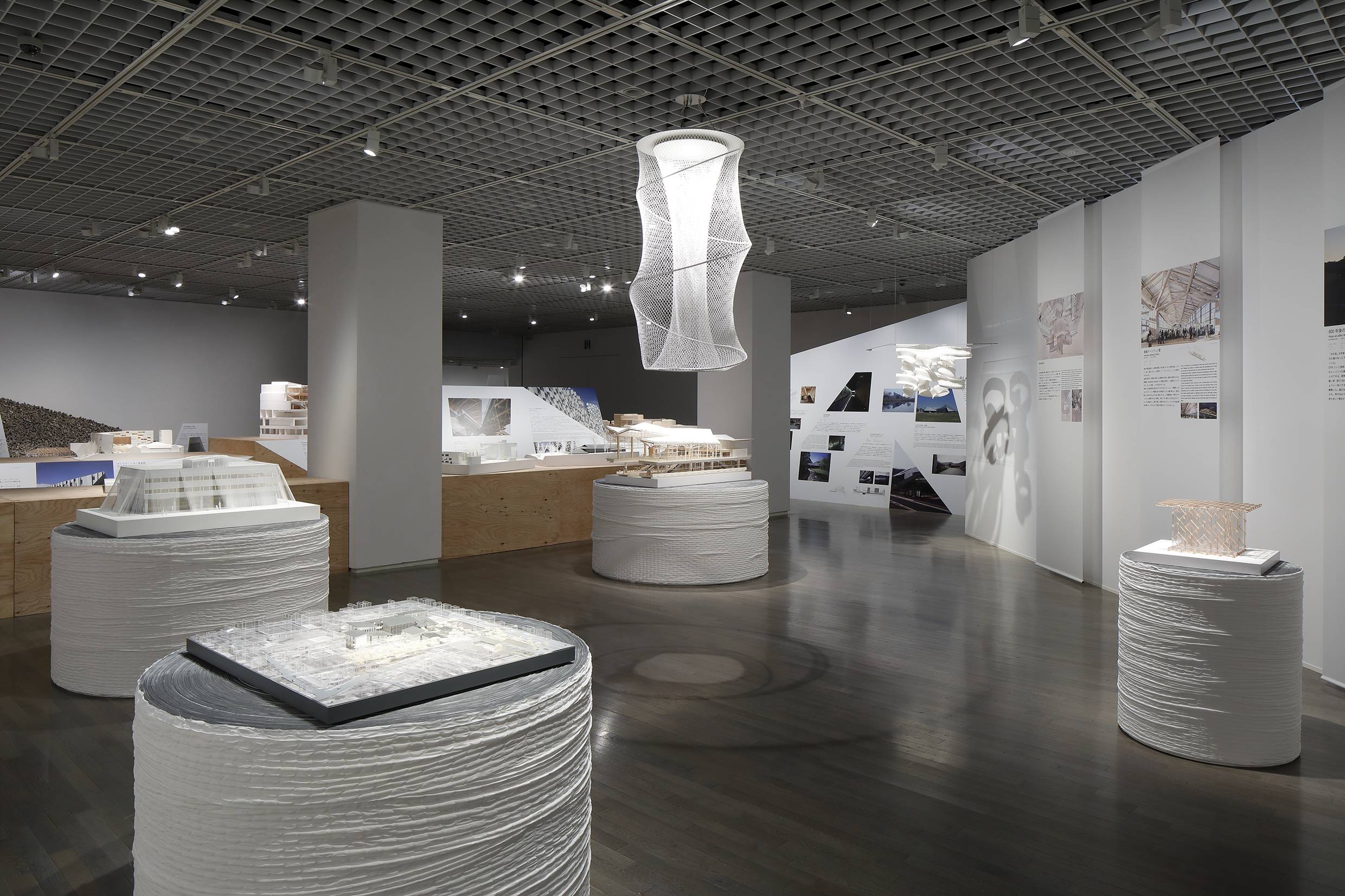After it was announced in 2015 that Kengo Kuma’s plan for the new National Stadium for the Tokyo 2020 Olympics would replace Zaha Hadid’s controversial design, the architect’s scaled-down and less flamboyant vision did, admittedly, receive its own fair share of criticism. For the most part, though, Kuma’s use of wood and local craftsmanship was largely applauded as being appropriate to represent Japan.
Prior to the decision, Kuma’s was already a well-respected brand, particularly in the international architecture scene. The high-profile news simply gave him an extra boost, making him a household name.
With his legacy now assured, however, will it be the right narrative? At a recent Japan Cultural Expo press conference for Kuma’s first solo exhibition at The National Museum of Modern Art, Tokyo (MOMAT), curator Kenjiro Hosaka lamented that the architect’s work may have been “misinterpreted” by those who focus too much on its commercial and photogenic aspects.



















With your current subscription plan you can comment on stories. However, before writing your first comment, please create a display name in the Profile section of your subscriber account page.